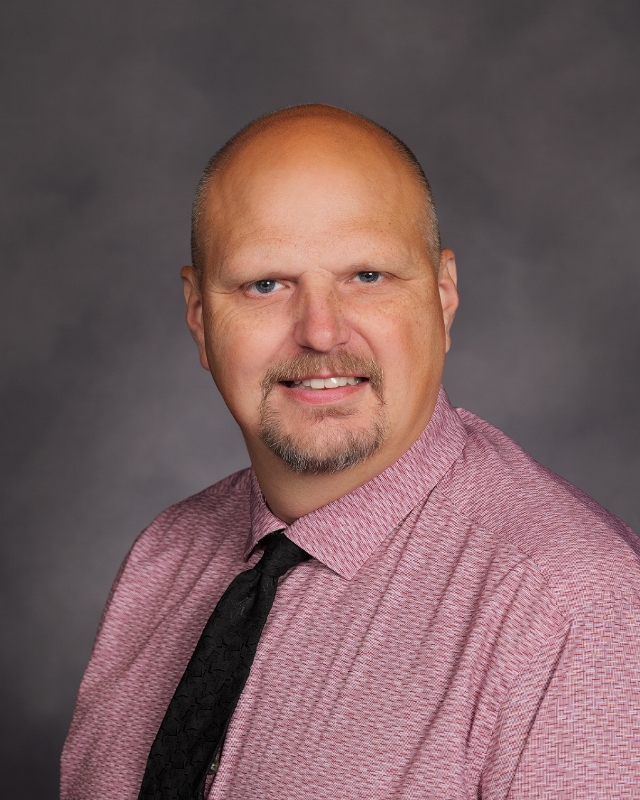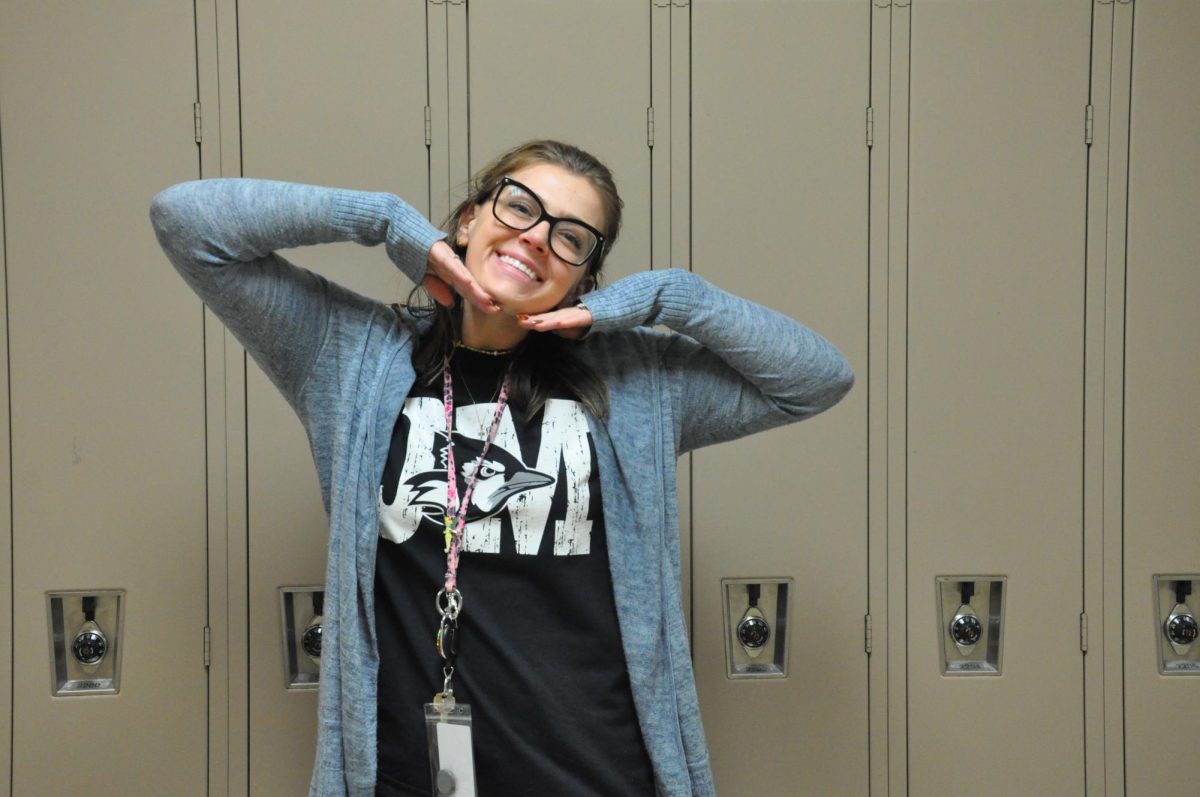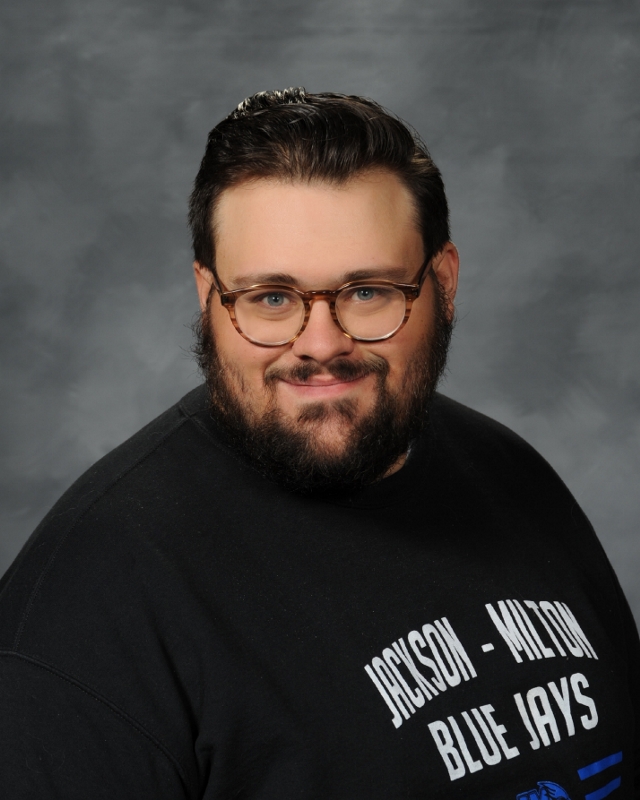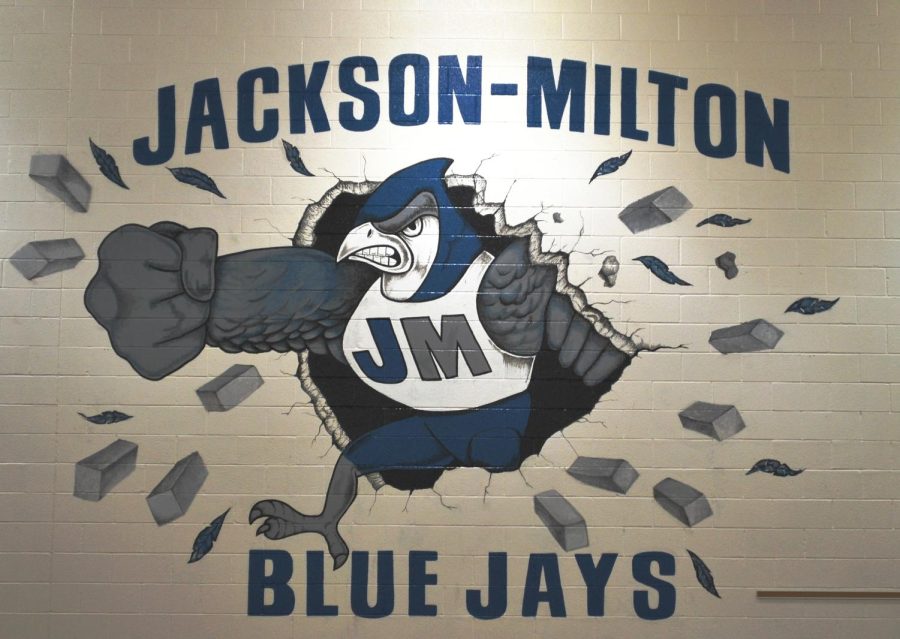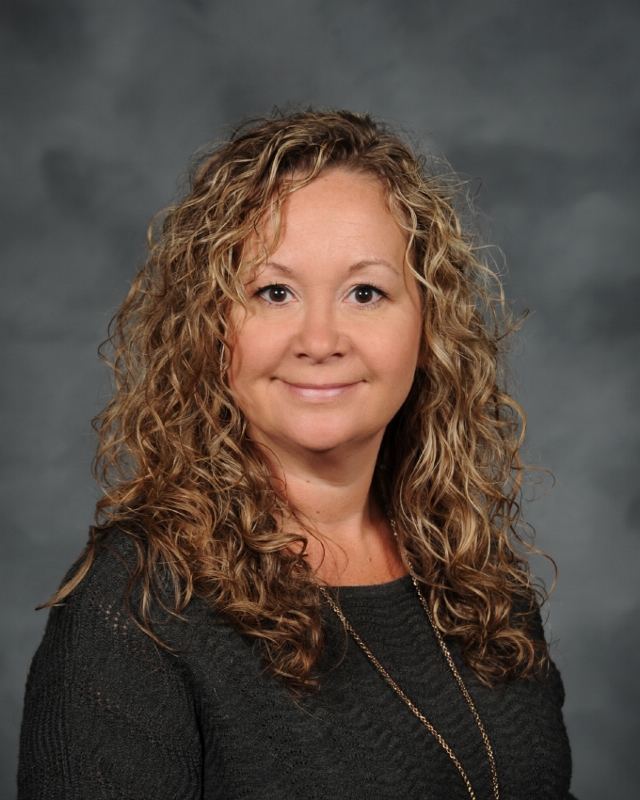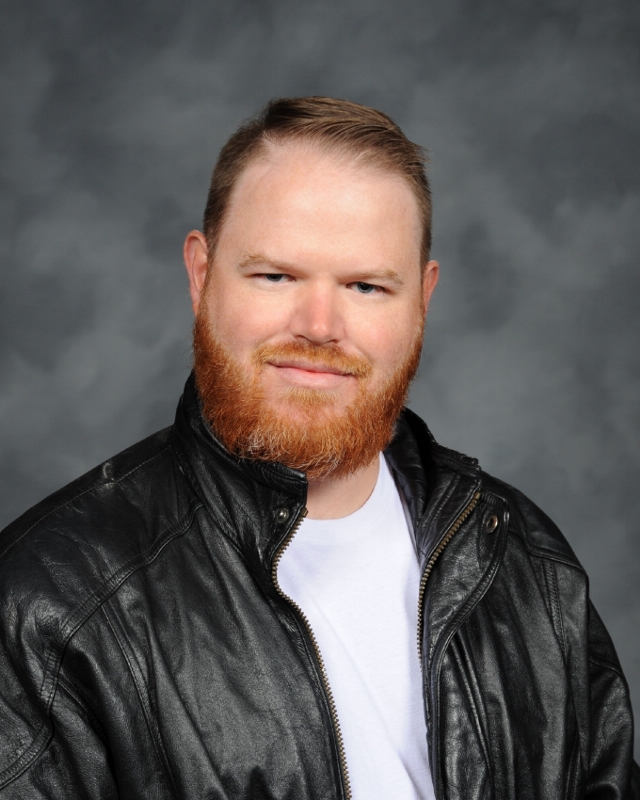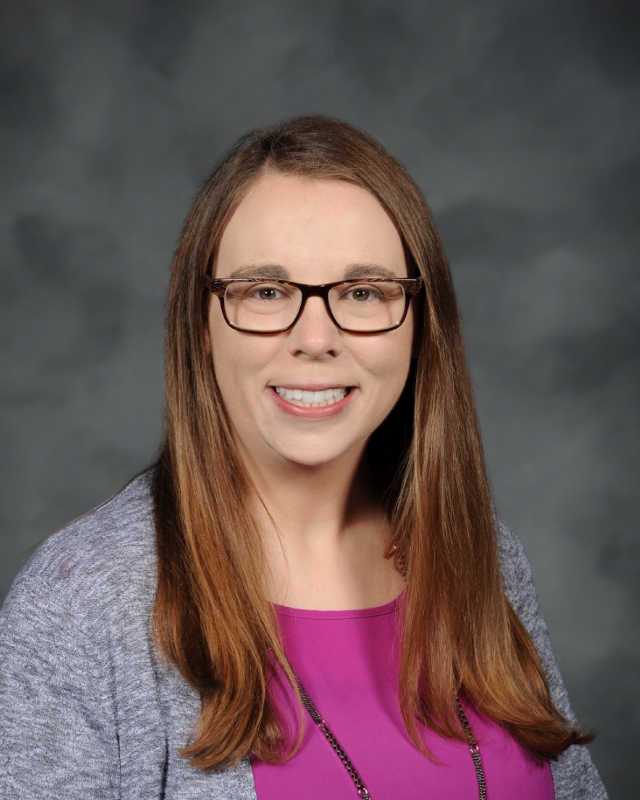Mr. Stephen Mohr teaches forensic science, drones 1 & 2 , Fishbowl, chemistry, anatomy, and physics. Forensic science is an introductory course in which students will have the opportunity to explore how scientific principles are used in analyzing physical evidence found at crime scenes and to be introduced to the wide array of career choices in forensics. The fundamental objective is to teach the basic processes and principles of scientific thinking to apply them to solving problems that are related not only to science but to all disciplines. The focus will be to introduce students to some of the specialized fields of forensic science, the principles of science and technology upon which they are based, and the application of these principles to various analyses of crime scene evidence. There are only three students in this class, two juniors and one senior.
Mr. Mohr said, “I love teaching students how to think like detectives! My favorite lessons involve students applying critical thinking to solve a mystery, especially when they involve hands-on activities like analyzing fingerprints, and blood spatter patterns, or reconstructing a crime scene. I enjoy watching students piece together clues, evidence, and logic to solve a case. It’s like watching them step into the shoes of a real forensic scientist. The most rewarding part is seeing their excitement when they crack the case or realize how science applies to the real world!”
For drones there are two freshmen, five sophomores, and one senior.
Justin Shank said, “Being able to drive a drone in the halls of the schools, the messing around that can happen during class time.”
Drones 1 is a sturdy foundation of required aeronautical knowledge for remote pilots of UAS less than 10 pounds and introduces learners to USI’s industry-leading safety principles. The curriculum addresses all pertinent aeronautical knowledge factors outlined by the FAA for the Unmanned Aircraft General (UAG) examination for the Remote Pilot Certification and augments those with safety concepts and practices to develop well-informed and responsible remote pilots. Students who successfully pass the FAA for the Unmanned Aircraft General (UAG) examination with a 70 percent score will obtain a UAG license (if 16 years and older) to fly drones for commercial applications. (Can earn 6 Industrial State Credits.) Drones two is a course ( sUAS Safety Level 1) explores the key technology used in Remotely Pilot Aircraft Systems (RPAS) to give the learner a deeper understanding of how RPAS can navigate and perform a wide range of tasks. This course focuses on the four major components of RPAS including the aircraft, the payload, the control station, and the data link that relays information between each of these components. Students who successfully pass the USI sUAS Safety Level 1 examination with a 70 percent score will receive a certificate and digital badge. (Can earn 6 Industrial State Credits.)
Chemistry has 1 sophomore exchange student and 15 juniors.
Peyton Ford said, “The one thing that I liked the most so far in chemistry is mole day! Mole day is a great opportunity to learn about the silly avogadro and his special number 6.022 x 10^23. We also get extra credit, which everyone loves. Overall you use what you learn during mole day throughout the year in multiple lessons, so it’s pretty important to pay attention.”
Chemistry is a course that provides students with an in-depth look at the interactions of matter on the atomic level in the world around us. Topics include, but are not limited to, the study of chemical reactions, stoichiometry, nomenclature, patterns in crystal and molecular structure, physical and chemical properties of substances, molecular forces, acid-base reactions, and gas laws. The purpose of this class is to prepare students for college-level science coursework and laboratory experiences.
For anatomy there are five juniors and one senior.
Lila Herman said, “Anatomy has been such an intriguing class. In class, the thing I like to do most is learn through interactive labs such as looking at different tissues through microscopes, drawing and labeling the human body on the blacktop outside, or dissecting. I’ve learned so much about how the human body works, from studying bones to understanding how everything connects.”
Anatomy and physiology is for those interested in science-related fields. Anatomy and physiology is a discussion and laboratory-based study of the human body. The study will range from molecules, cells, body systems, and processes. Dissection of a fetal pig and other appropriate organs will complement coursework.
For physics there are five seniors. Physics provides students with an in-depth look at the interactions of matter on the macro level in the world around us. Topics include, but are not limited to, the study of kinematics, forces, energy, thermodynamics, wave phenomena, electricity, and magnetism. Topics in modern physics such as particle physics, cosmology, relativity, and quantum mechanics will also be discussed. Fishbowl is a program where students get to make designs for lockers and shirts. They get to learn about how a business works and what makes up a good one. They also get the chance to be put in the position of a business person.
Katie Byers said, “We learn about business and the importance of entrepreneurship in the community and in the world.”
Mr. Mohr has quite a variety of science classes to offer the students at JM!

